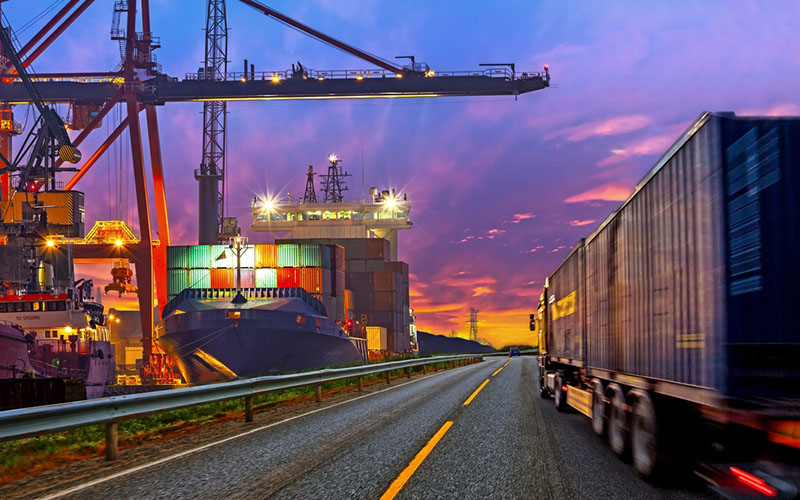In February, Klaus Niebur, the director of global supply chain risk management at Autoliv, and Jan Thiessen, the managing director at targetP!, spoke on best practices on supply chain risk management at ARC Advisory Group’s Digital Transformation in Industry conference.
Autoliv is the world’s largest safety system supplier in automotive industry. This global, Tier 1 manufacturer is headquartered in Stockholm and had revenues of over $8 billion last year. It supplies airbags, seatbelts, and steering wheels to most of the Automotive OEMs – companies like Renault/Nissan, Volkswagen, etc. targetP!, in turn, is a boutique procurement consultancy.
Autoliv’s Continuing Journey in Supply Chain Risk Management
Mr. Niebur’s and Thiessen’s presentation was taped in November of 2021 and then played online in February. At the time we spoke, Mr. Niebur spoke of risk management as a continuous improvement journey that would never end. There were several things they were looking to accomplish in the near term. I wanted to circle back to Klaus and Jan and get caught up on their journey.
Steve: Klaus, when we talked, you mentioned Autoliv was already doing digital supplier management, had digital sourcing solutions, and was looking at real-time transportation visibility solutions to provide better predicted times of arrival for inbound and outbound shipments. In short, this risk management solution needed to integrate into your IT ecosystem. Your future vision was for risk management to be seamlessly integrated into an advanced control tower. Can you talk about how this journey is going?
Klaus: This is correct and it is still our goal to create this Control Tower. It will link all initiatives within the supply chain function and be enabled by our digital solutions and all data sources. And we are making progress.
Read more Autoliv’s Supply Chain Risk Management Journey
Subscribe to us to get updates and leave your comments below.





























